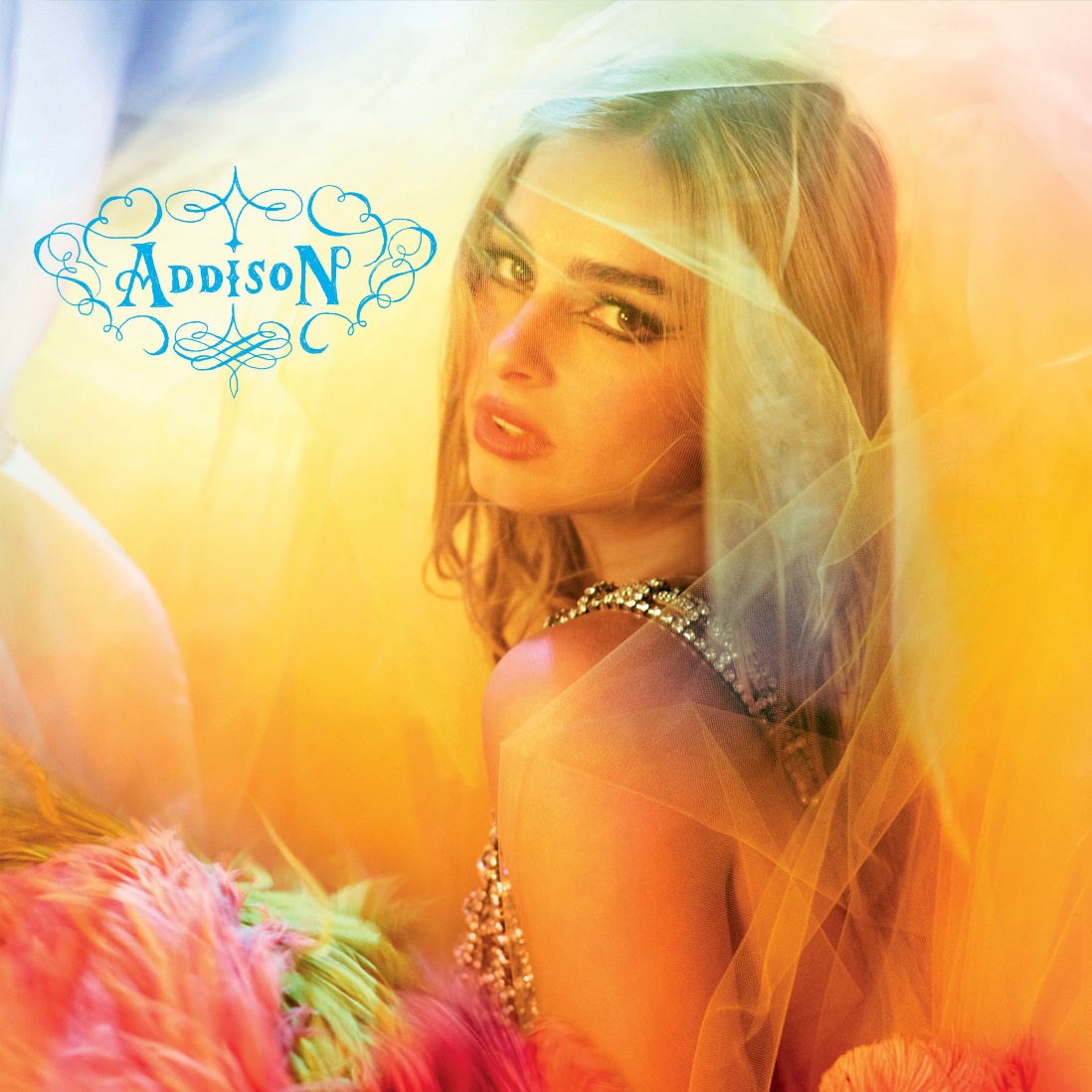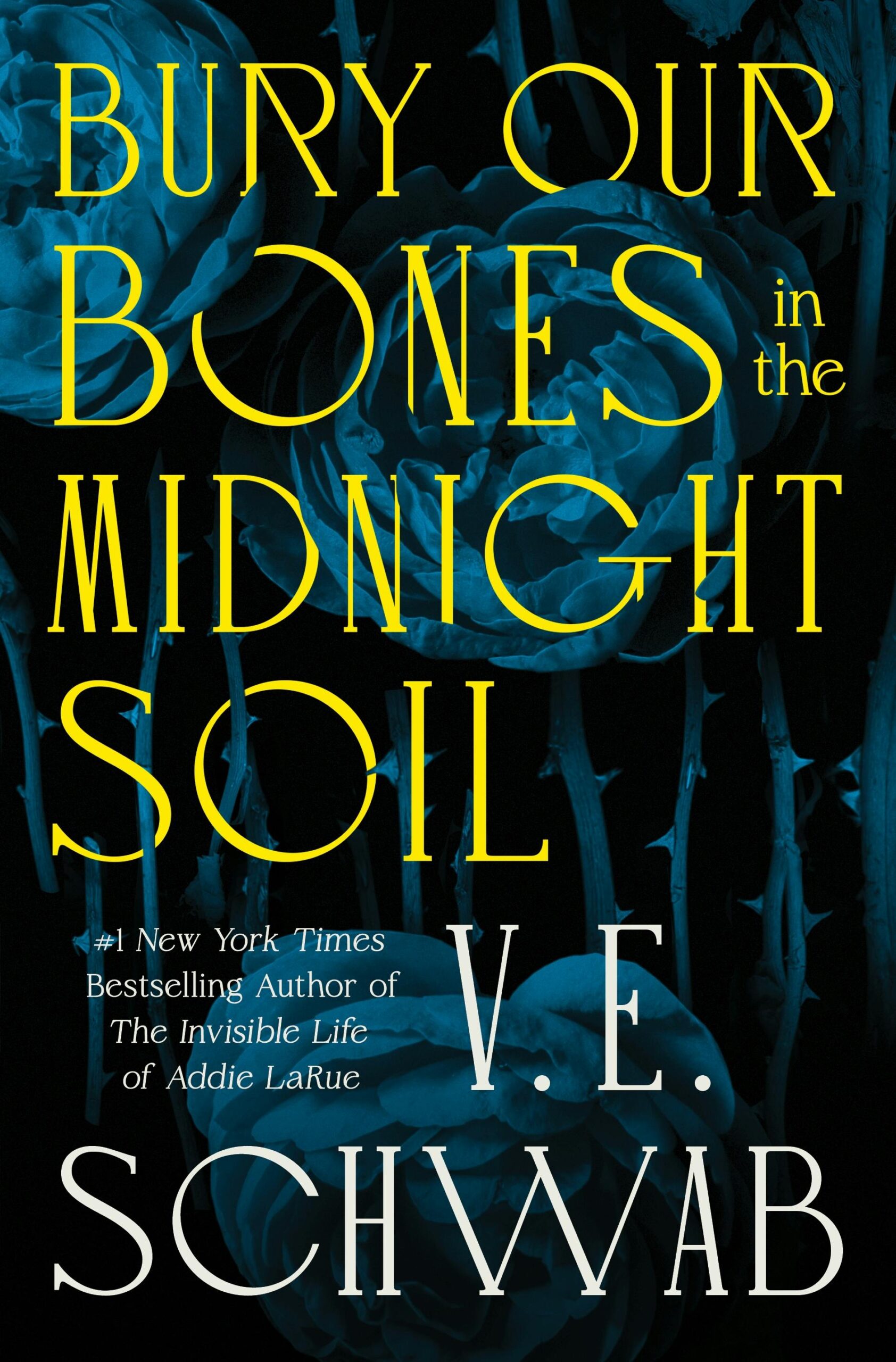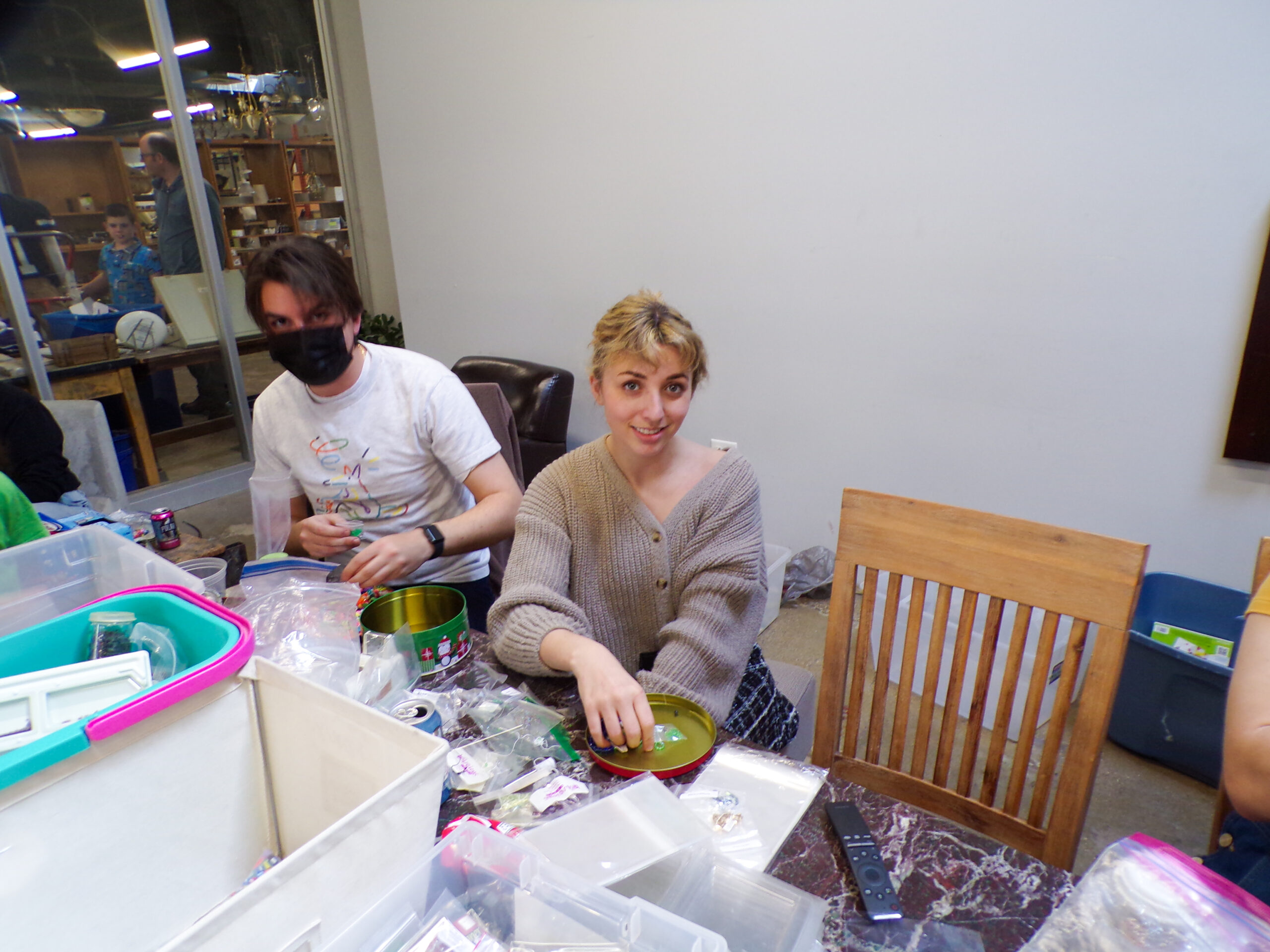Loyola Day at the Art Institute of Chicago presents the opportunity for art history students to test their knowledge and share it with visitors.
Content warning: Mentions of sexual abuse and kidnapping
Preparing students to discuss art pieces at the Art Institute of Chicago’s Loyola Day, lead art history professor Dr. Paula Wisotzki identified two major stages in presenting their chosen pieces to museum guests — “Walmart greeter” and “bad cocktail party.”
Once a semester, Loyola hosts the day inside the museum, letting art history students share their knowledge of different pieces to museum visitors. While undergraduate students get into the Art Institute for free, faculty, undergraduate and graduate students can bring up to 10 free guests on Loyola Day.
On March 25, 314 Loyola students attended the most recent Loyola Day. The event was split into two major sessions, with one group of six students presenting from 12 to 1 p.m. and 2 to 3 p.m.
Student presenters initially took on the role of a “Walmart greeter,” reaching out to people looking at the piece they’ve chosen to present and asking if they’d like to learn more about it.
After they’ve grabbed the attention of museum visitors, the scene takes on Wisotzki’s coined “bad cocktail party” as students navigate their audiences and answer questions about the artwork.
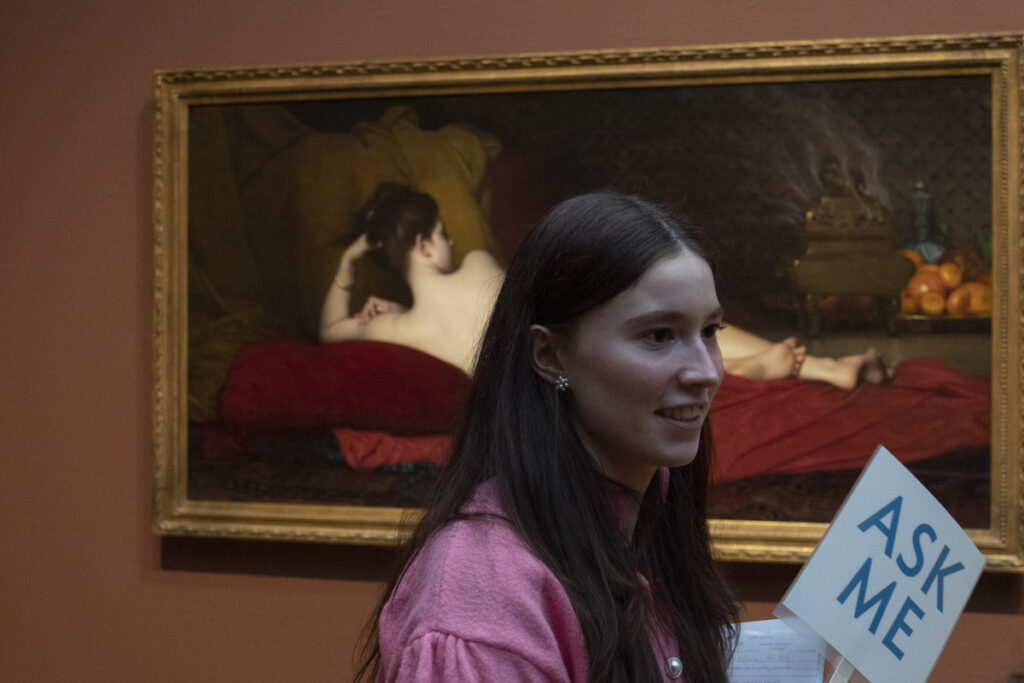
“To me, it is literally the best kind of engaged learning,” Wisotzki said.
Through this event at the Art Institute, students have the great opportunity to understand that the information they have to share is important, Wisotzki said.
Senior Nyah Brizard presented “Girl with Cat,” a 1937 painting by French artist Baltusz Klossowski de Rola that depicts a young girl reclining on a chair alongside a cat. Brizard said it was the first time she had seen the piece in person.
“I walked up, and I was like, ‘Oh my gosh, this is awesome,’” she said. “I had seen it online a few times, but I hadn’t seen it in person yet, so it’s pretty exciting.”
Wisotzki said the emotional connection students and visitors make with the art is an incredibly important aspect of Loyola Day.
“There are other ways to connect with the museum, but that’s not quite the same as feeling what I hope is a kind of ownership,” Wisotzki said of the students and their connection to the pieces.
By presenting in front of their piece, she hoped students would be able to examine their relationship with the artwork and their knowledge of it, Wisotzki wrote in an email to The Phoenix.
Brizard’s piece, while one of Balthus’ less controversial, made the news in 1996 because of its placement on the cover of “Lolita” by Vladimir Nabokov which centers on which centers on the sexual abuse and kidnapping of a 12-year-old girl by her stepfather, according to a review written a few years after the time of publication in The New York Times. This fact was something Brizard was sure to bring up in order to build the connection between the content of the painting and its present impact, she said.
The piece “Girl with Cat” was put on the cover of a 1995 edition of Vladimir Nabokov’s controversial novel “Lolita.” Balthus objected to the idea that he paints adolescent girls in a sexual sense, according to an interview with The New York Times.
Balthus’ paintings, often controversial, depicted young girls in provocative poses alongside cats, according to the Art Institute’s website.
Brizard said she wanted to bring up the painting’s more recent history to visitors, drawing them into considering the artist’s intentions versus the public’s interpretations of “Girl with Cat.”
All of the presenters chosen by professors had done prior research on the pieces they spoke on, either for a paper or another research assignment for any of their 300-level art history classes, Wisotzki said.
Friends of the presenters were among the first to see their presentations. First-years Cella Porter and Zachary Melo both came to see Brianda Gonzalez present on the “Head of Xilonen, the Goddess of Young Maize.” The statue depicts the Aztec goddess Xilonen, who was representative of new maize, fertility and renewal, according to the Art Institute’s website.
After friends and family finished taking photos to commemorate the event, students began interacting with the visitors at the museum. However, sophomore Ian Scheidel wasn’t greeted with exactly the kind of questions he had prepared for.
“The first couple people who came up to me all asked for directions,” he said.
Once the students told visitors they weren’t the most equipped to tell them where different galleries were, students started fielding questions about different aspects of their pieces.
Mattea Sklut, who presented the Marc Chagall piece “White Crucifixion,” said she had a guest ask her about something she hadn’t noticed throughout her research. The visitor was talking about two small white shapes that look like the open pages of a book in the upper right-hand corner of the piece and asked if they were the Ten Commandments.
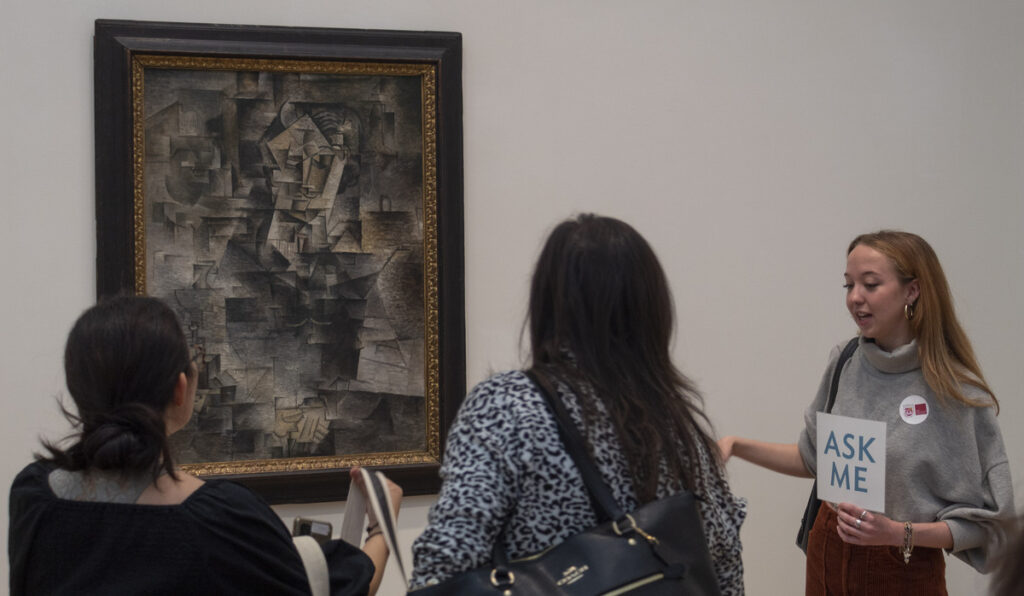
“It’s been kind of exciting to be quizzed about a painting I love so much and have to explain little things that I didn’t even notice at first,” Sklut said.
The pop-quiz nature of the presentations could make even the most extroverted students’ palms sweat, but Gonzalez and seniors Olivia Scholin and Hannah Sween all said before the event they weren’t very nervous.
“I’m kind of excited to see what kind of questions people have, because I usually have a lot of questions and there’s no one really there to answer,” Scholin said.
Scheidel said he was nervous the conversations would be more like a presentation for class, but after answering a few questions his nerves started to dissipate.
Loyola partners with the Art Institute once a semester, so students who missed this session will have a chance to experience it in the fall. Additionally, the museum hosts a University Day with University Partners once a year with programming from partnered institutions in the Chicago area.
Featured image by Hunter Minné | The Phoenix
-

Audrey Hogan is a third-year student from Morgan Hill, California studying Communications and Political Science. This is her third-year as a writer and second-year on staff as Engagement Editor. She's written about the perils of academic pedigree, table tennis and Peter Gabriel, too. In her free time, she likes to read and walk.
View all posts




